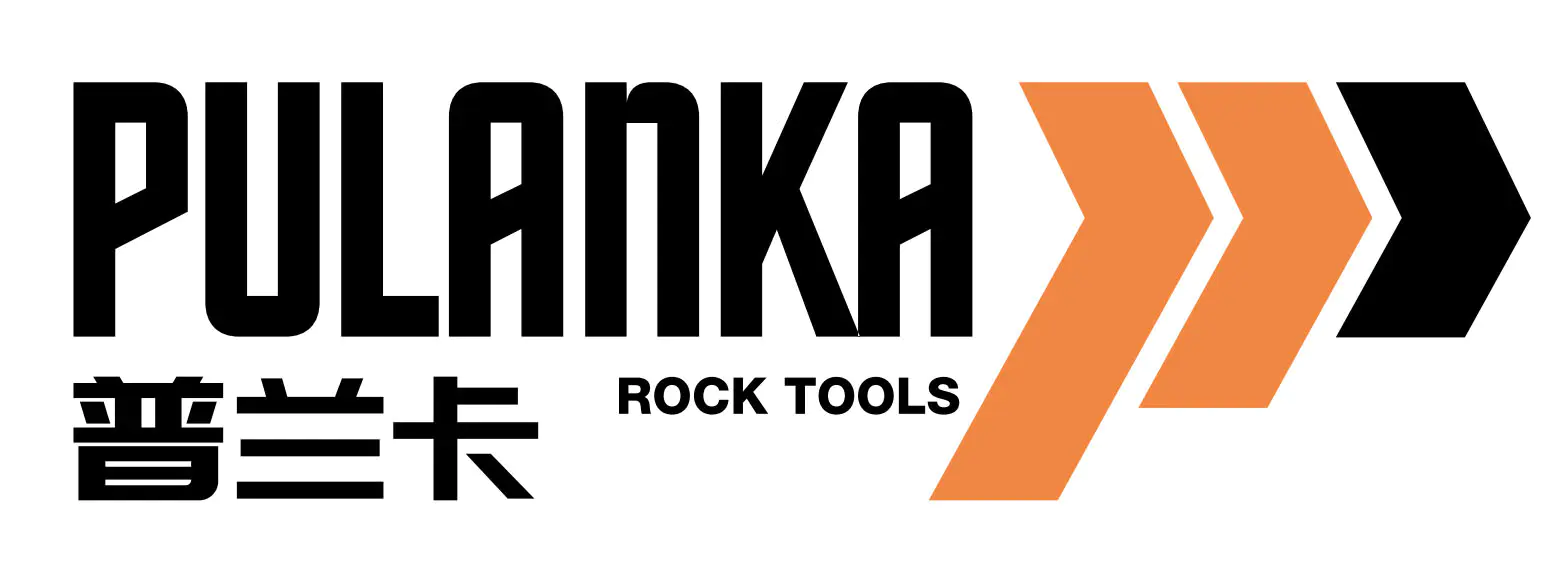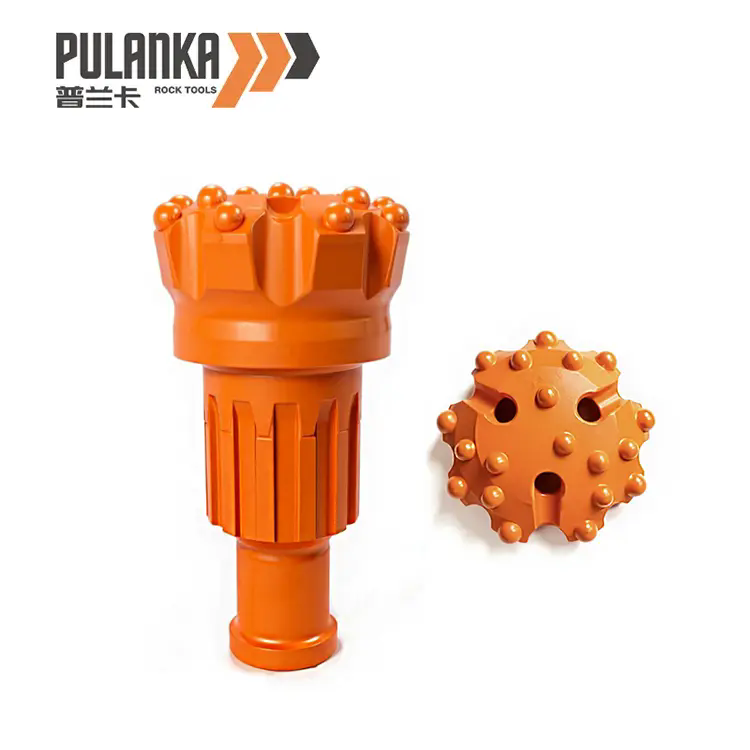Why Are DTH Drill Bits Revolutionizing Modern Drilling Efficiency and Durability?
2025-10-24
In the evolving landscape of mining, quarrying, and water well drilling, DTH (Down-The-Hole) drill bits have emerged as the cornerstone of precision and power. These tools are engineered to deliver unmatched penetration rates, exceptional rock-breaking efficiency, and extended service life across a range of geological conditions. As industries demand faster, deeper, and more cost-effective drilling solutions, the DTH drill bit has proven indispensable in both performance and reliability.
What Is a DTH Drill Bit and How Does It Work?
A DTH drill bit is a precision tool used at the bottom of a down-the-hole hammer to crush and penetrate rock formations. The bit is directly connected to the hammer, which transmits powerful percussive energy through the bit into the rock, creating deep, straight boreholes. Unlike traditional rotary drilling methods that rely solely on torque, DTH technology combines impact and rotation, offering superior efficiency and control.
Each DTH drill bit features carbide buttons, strategically arranged to maximize rock fragmentation, and a steel body forged for durability. The bit’s design includes flushing holes that allow compressed air to clear rock debris, maintaining optimal drilling speed and minimizing wear.
The working principle is straightforward yet effective: the DTH hammer strikes the bit while compressed air simultaneously removes cuttings, enabling the bit to continue drilling seamlessly. This process allows for deeper penetration, higher drilling accuracy, and greater control over hole alignment — crucial for construction, mining, and geothermal projects.
Why DTH Drill Bits Are the Preferred Choice for Modern Drilling Projects
The advantages of DTH drill bits lie in their balance of speed, strength, and precision. Here’s a detailed look at why they have become the industry standard:
-
Superior Penetration Rates – The direct transfer of energy from the hammer to the bit ensures minimal energy loss, enabling faster drilling even in hard formations.
-
Exceptional Straightness and Hole Accuracy – DTH bits minimize hole deviation, making them ideal for applications where precision is critical, such as foundation piling or exploration drilling.
-
Extended Tool Life – High-quality tungsten carbide buttons and heat-treated alloy steel bodies enhance durability, reducing tool replacement frequency and overall operating costs.
-
Versatility Across Terrains – Whether drilling through granite, limestone, or sandstone, DTH bits can adapt to a wide range of geological conditions.
-
Low Energy Consumption – With efficient air flushing and energy transfer, DTH systems reduce air and fuel usage, optimizing cost-effectiveness and environmental performance.
These combined benefits contribute to substantial savings in both time and resources, which are vital in industries where operational efficiency directly translates into profitability.
Technical Specifications and Performance Parameters of DTH Drill Bits
To illustrate their engineering precision, here is a summary of the key parameters that define professional-grade DTH drill bits:
| Parameter | Description |
|---|---|
| Bit Diameter Range | 90 mm – 508 mm (customizable upon request) |
| Shank Type Compatibility | DHD, QL, COP, SD, Mission, NUMA |
| Material Composition | High-grade alloy steel body with tungsten carbide inserts |
| Carbide Button Shape Options | Dome, Ballistic, Parabolic |
| Air Hole Configuration | 2–6 holes for optimal air flushing |
| Face Design Options | Flat Face, Concave Face, Convex Face, Drop Center |
| Rock Formation Suitability | Soft, Medium, Hard, and Abrasive |
| Heat Treatment | Advanced quenching and tempering for wear resistance |
| Connection Thread | API REG, BECO, or customized options |
| Surface Finish | Anti-rust coating, precision-machined threads |
Each specification plays a critical role in determining performance under specific conditions. For instance, flat face bits perform best in hard, abrasive formations, while concave face bits are designed for medium-hard rocks, offering improved hole straightness. Selecting the correct combination ensures maximum penetration rate and tool life.
How Are Innovations Transforming the Future of DTH Drill Bit Technology?
Technological evolution continues to redefine how DTH drill bits are designed and manufactured. The latest innovations focus on enhancing efficiency, sustainability, and digital integration.
-
Advanced Carbide Formulations – Manufacturers are developing new tungsten carbide grades that improve fracture resistance and thermal stability. This ensures consistent performance even in the toughest rock formations.
-
3D Simulation and Digital Design – Computer-aided engineering tools allow for precise airflow modeling and button placement optimization, resulting in smoother cuttings removal and reduced wear.
-
Smart Drilling Systems – Integration of sensors and IoT monitoring in drilling rigs allows operators to track bit performance in real time, predicting maintenance needs before failures occur.
-
Eco-Friendly Manufacturing – Modern production methods now reduce waste, recycle metal scraps, and use cleaner heat treatment processes, aligning with environmental standards.
-
Custom-Engineered Bit Designs – Tailored solutions for specific rock formations are becoming increasingly popular, allowing end-users to optimize both penetration rate and service life.
These innovations highlight the ongoing transformation of drilling technologies from purely mechanical systems to data-driven, precision-engineered tools that enhance operational intelligence and sustainability.
Common Questions About DTH Drill Bits (FAQ)
Q1: What is the difference between DTH drilling and top hammer drilling?
A1: The key difference lies in the location of the hammer. In DTH drilling, the hammer is located at the bottom of the drill string, transmitting energy directly to the bit, which minimizes energy loss and allows for deeper, straighter holes. In top hammer drilling, the hammer is at the top of the drill string, which causes energy loss due to rod vibrations, making it more suitable for shorter, shallower holes.
Q2: How can the lifespan of a DTH drill bit be extended?
A2: To maximize service life, operators should ensure proper air pressure levels, regular cleaning of flushing holes, and correct bit selection based on the rock formation. Using the appropriate rotation speed and feed force prevents premature wear. Regular inspection for carbide button wear and timely regrinding can significantly extend the bit’s lifespan.
Why DTH Drill Bits Will Continue to Shape the Future of Drilling
The increasing demand for sustainable infrastructure, geothermal exploration, and deep resource extraction ensures that DTH drill bits will remain at the forefront of drilling innovation. Their ability to deliver consistent performance in challenging conditions makes them indispensable for the next generation of global engineering and energy projects.
As industries evolve toward automation and smart drilling solutions, DTH drill bits will play a central role in integrating efficiency, precision, and environmental responsibility.
The brand Pulanka stands as a leader in manufacturing high-quality DTH drill bits engineered for durability, precision, and versatility. Each Pulanka product undergoes rigorous testing to ensure exceptional performance across diverse geological conditions.
For inquiries, technical support, or to explore a customized DTH drilling solution for your project — contact us to experience the reliability and innovation that define Pulanka’s drilling technology.
Related News






